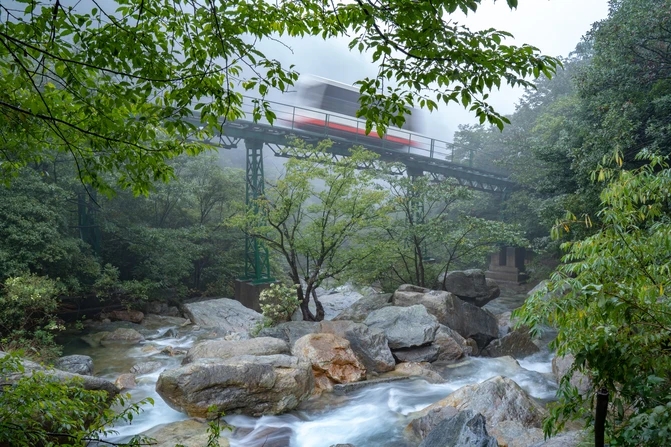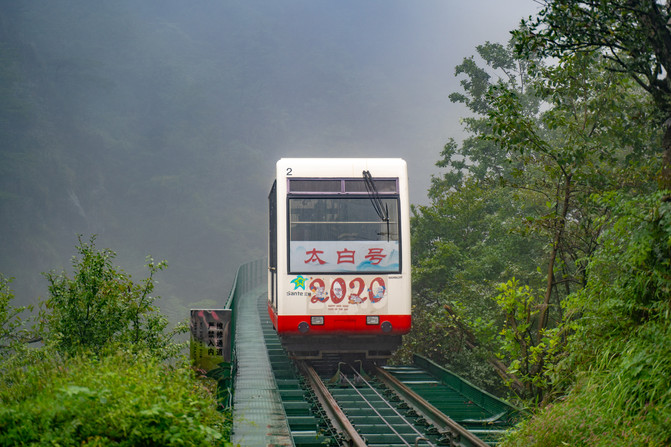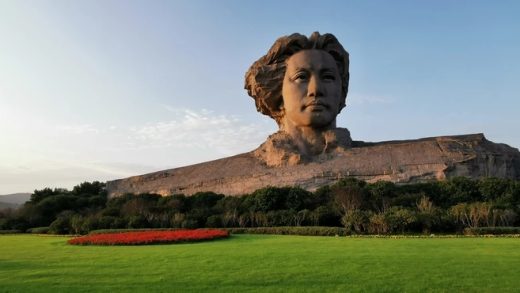
A 5 – day Autumn Trip in Southern China
Day 1: 2013 – 11 – 14
Autumn in southern China is a season that intoxicates without the need for wine. As the old saying goes, “Spring has its flowers and autumn has its moon; these are the best times in the human world.” In the sweltering summer, I yearned for the coolness of autumn, and thus, I wrote the title of this travelogue at my desk, dreaming of the beauty autumn would bring.
I took a flight from Shijiazhuang to Hangzhou and then a bus to Hongcun. I stayed at Hongcun Youth Hostel, which cost 60 yuan per night and had Wi – Fi. Wandering around Hongcun and Tacheng Village, I breathed in the cool air in the rain, indulged in delicious local food, and even played with the cute cats in the hostel.
At night, when it was raining, I arrived at Hongcun in southern Anhui. Although the continuous rain is not the best weather for travelers, it adds a touch of mystery to the foothills of Huangshan, making it seem like a fairyland. After nine years, I revisited Hongcun, just like meeting an old friend. At 10 p.m., when the village was in a peaceful slumber, I tiptoed into it, not wanting to disturb its dream. Walking on the narrow stone paths and stealing glances at the Huizhou – style ancient buildings, I suddenly had a flash of inspiration and seemed to see the glorious starry sky of the ancient dynasty a hundred years ago.
Tacheng Village is adjacent to Hongcun, the most beautiful village in Chinese paintings. While Hongcun is known for its enchanting water, Tacheng showcases the beauty of nature. It is nestled against the Huangdui Mountain, a southwest outlier of Huangshan, and faces the Qishu Lake. Dozens of ancient dwellings with white walls, black tiles, and upturned eaves are built on the mountain, looking like a giant pagoda hidden in the valley.
In the ancient woods of Tacheng, with the greenery blocking the view and the grass covering the ground, the criss – crossing tree roots on the ground can serve as seats for a rest. You can feel the simplicity, harmony, and beauty of this village. Tacheng is a place where you can wander on the country paths, and in this empty and quiet world, you can sing and express your feelings to the fullest.

Day 2: 2013 – 11 – 15
I left Hongcun and returned to Hangzhou, then headed to Shaoxing. I stayed at a youth hostel there, which cost 50 yuan per night and also had Wi – Fi.
Shaoxing is a well – known historical and cultural city in China, being the hometown of Lu Xun and Zhou Enlai. This small city retains the charm of a southern Chinese water town. The most representative local delicacies are stinky tofu and yellow rice wine.
I first learned about Shaoxing from the Chinese textbooks in primary school. There are many famous works related to Shaoxing, such as “From My Old Home to the Three – Flavor Study,” “The Village Opera,” and “My Hometown.”
The Bayi Bridge is a symbol of Shaoxing. After hundreds of years of vicissitudes, it still stands firm like the backbone of the nation. In the early morning, the residents were still asleep, and as the day went on, the daily life scenes gradually emerged. The combination of the bridge and the dwellings here is a unique sight in Shaoxing.
The Lu Xun’s Former Residence in Shaoxing is a place where you can truly understand Lu Xun’s works and feel the atmosphere of his time. The restored Lu Xun’s Former Residence has become a place to comprehensively understand the great writer Lu Xun and is regarded as the “treasure of the city” in Shaoxing.
The Sanwei Study is a famous private school in the late Qing Dynasty. When I stepped into it, I felt no sense of strangeness. There is a horizontal plaque with the words “Sanwei Study” written by the famous calligrapher Liang Tongshu. Under the plaque is the “Pine and Deer Picture” described by Lu Xun.
The Shenyuan Garden is less than 200 meters away from Lu Xun’s Former Residence. It has a history of more than 800 years and is well – known because of the touching love story between Lu You and Tang Wan and Lu You’s poem “Chai Tou Feng.”

The Lanting is located at the foot of the Lanzhu Mountain, about 13 kilometers southwest of the ancient city of Shaoxing. It became famous because Wang Xizhi and others had a gathering here and left the well – known “Lanting Xu.” It is a typical southern Chinese garden with pavilions, terraces, and towers hidden among the green trees and a winding stream. The main scenic buildings include the Echi Stele, the Lanting Stele, the Qushui Liushang (a custom of floating wine cups on a winding stream), the Liushang Pavilion, the Imperial Stele Pavilion, the Youjun Shrine, and the Calligraphy Museum.
The Echi Stele with the cursive characters “Echi” (Goose Pond) is very famous. It is said that the character “E” (Goose) was written by Wang Xizhi, showing a delicate and upright style, while the character “Chi” (Pond) was written by his son Wang Xianzhi, with a more bold and unrestrained style. This stele is also called the “Father – and – Son Stele.”
The Youjun Shrine is a memorial hall for Wang Xizhi. It is surrounded by a lotus pond and was built during the Kangxi period. Here, you can see different imitated versions of the “Lanting Xu.” The Imperial Stele Pavilion has a stele with the full text of the “Lanting Xu” copied by Emperor Kangxi on the front and a seven – character poem written by Emperor Qianlong on the back. This “Grandfather – and – Grandson Stele” is unique in China.

Day 3: 2013 – 11 – 16
As the saying goes, “There is paradise above and Suzhou and Hangzhou below.” Hangzhou is a place where the most beautiful scenery lies in your heart. The beauty of the West Lake lies in its artistic conception. In sunny weather, the West Lake is bustling with tourists. The Su Causeway is full of people, and the lotus ponds in summer are fragrant. The Tiger Spring is a great place to fetch water and make tea. The Lingyin Temple is filled with pilgrims and the curling incense. In rainy weather, the West Lake is like an unfolding ink – wash painting, with the continuous rain adding a touch of mystery to the mountains, lakes, and bridges.
The West Lake Tiandi is a place where you can enjoy free beautiful scenery. However, if you want to have a delicious local meal here, you need to make a reservation in advance. Dishes like Dongpo Pork, West Lake Vinegar Fish, delicious cauliflower, green tea cakes, and deep – fried tofu rolls are all very tempting.
Taking a night cruise on the Qiantang River from the Wulin Wharf is also a great experience. You can enjoy the beautiful night view of Hangzhou, chat with your companions, and feel the gentle breeze.
This 5 – day autumn trip in southern China is full of beautiful scenery, delicious food, and rich cultural heritages. It is an unforgettable journey that combines the beauty of nature and the charm of history and culture.






